Live Music Photography: Master Low-Light Concert Shots Like a Pro
The lights dimmed, the crowd roared, and the first guitar riff hit—whether it’s Taylor Swift’s electrifying Eras Tour or a local indie band’s midnight set, live music moments move fast. Capturing them? Even faster. If you’ve ever struggled with blurry shots, harsh stage lights, or fast-moving performers, these concert photography tips will help you freeze the energy with clarity and style.
Part 1: What is Concert Photography
Concert photography , also known as live music photography, is a unique and challenging genre that captures the energy, emotion, and atmosphere of live performances. Unlike studio or landscape photography, concert photography requires mastering low-light conditions, fast-moving subjects, and ever-changing stage lighting.
One popular guideline many photographers follow is the “3 song rule” — photographers typically get permission to shoot only during the first three songs of a concert to avoid distracting the performers and audience.
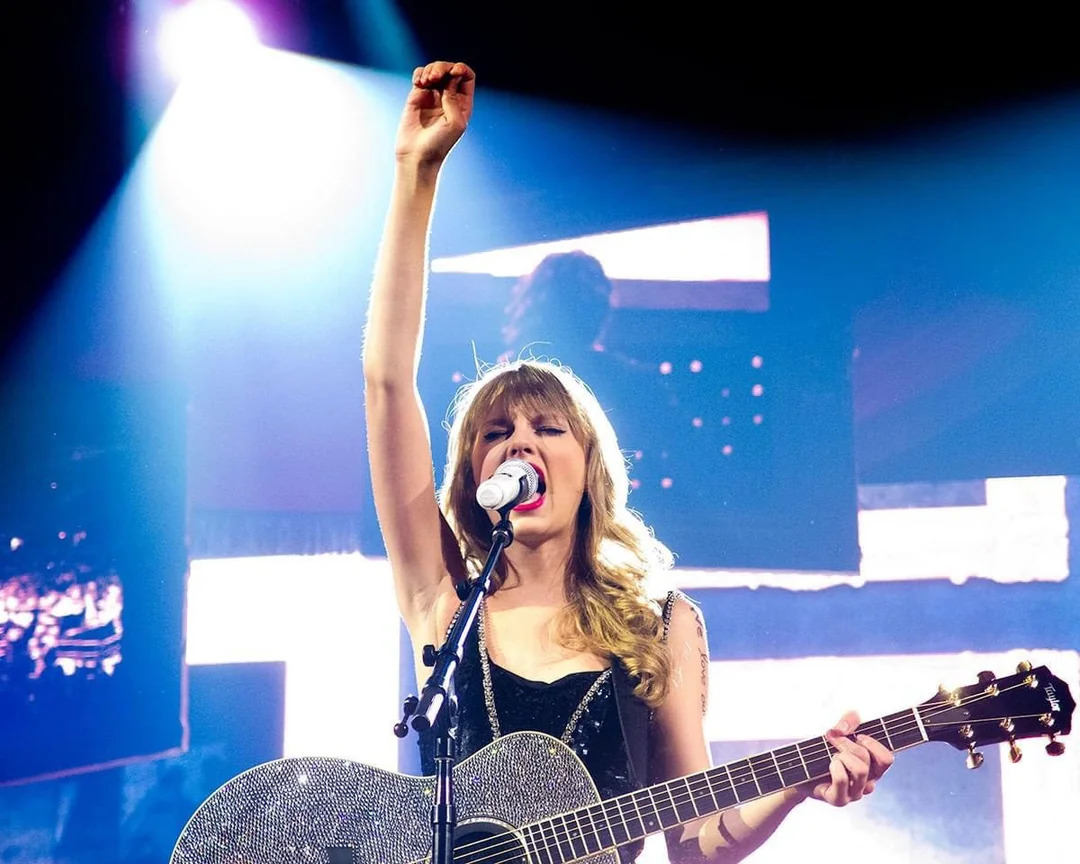
Part 2: How to Prepare for Shooting Live Music Photo
Gear Recommendations and Accessories for Concert Photography
The right equipment makes concert photography easier:
- Cameras: Full-frame DSLRs or mirrorless cameras with good high-ISO performance.
- Lenses: Fast prime lenses like 50mm f/1.8, 85mm f/1.4, or versatile zooms such as 24-70mm f/2.8.
- Stabilizers: Monopods help steady shots in low light.
- Accessories: Extra batteries, large memory cards, lens cleaning kits.
Essential Camera Settings for Concert Photography
Choosing the right camera settings is crucial to capturing sharp, vibrant concert photos. Here are some tips for key settings:
| Setting | Recommendation | Notes |
|---|---|---|
|
ISO |
Use auto ISO if your camera handles noise well; otherwise set ISO between 1600-6400 |
Higher ISO helps in low light but may add noise |
|
Shutter Speed |
1/200 to 1/500 seconds |
Fast enough to freeze motion but flexible |
|
Aperture (F-stop) |
Wide apertures (f/1.4 - f/2.8) |
Allows more light and creates shallow depth of field |
|
Autofocus Mode |
Continuous AF (AI Servo/AF-C) |
Keeps moving subjects in focus |
|
Camera Mode |
Manual or Aperture Priority |
Manual for full control, aperture priority for faster adjustments |
Auto ISO can be useful, but avoid letting it go too high to reduce grainy images. Adjust settings according to venue brightness.
Part 3: Pro Tips When Shooting Concert Photos
Mastering Exposure and Focus on Camera
Concert lighting is unpredictable — spotlights, strobes, and colored lights constantly change. To handle this:
- Use spot metering to expose for the subject rather than the whole scene.
- Apply exposure compensation if images appear too bright or dark.
- Set autofocus points directly on the performer’s face to maintain sharpness.
- Be prepared for backlit or silhouette shots when performers are lit from behind.
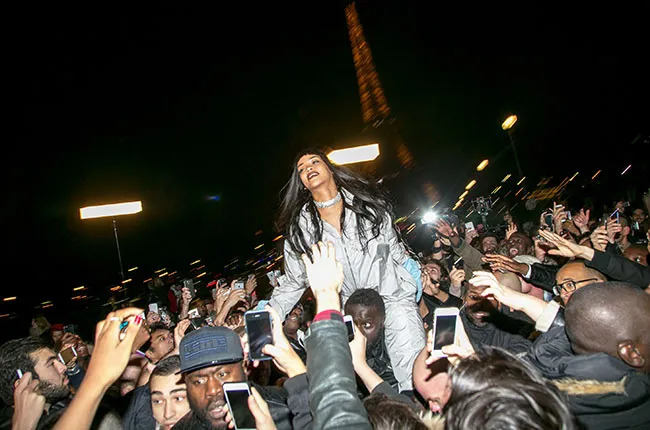
Creative Techniques and Composition Tips
To capture stunning concert photos, creativity is key:
- Anticipate moments: Learn the setlist or watch the crowd to predict emotional highlights or instrumental solos.
- Use stage lighting as a dramatic element, framing performers in colorful spotlights or shadows.
- Experiment with angles: low angles can make performers look larger than life; close-ups emphasize emotion.
- Include audience reactions to tell a fuller story of the concert experience.
- Apply the rule of thirds or center framing depending on mood.
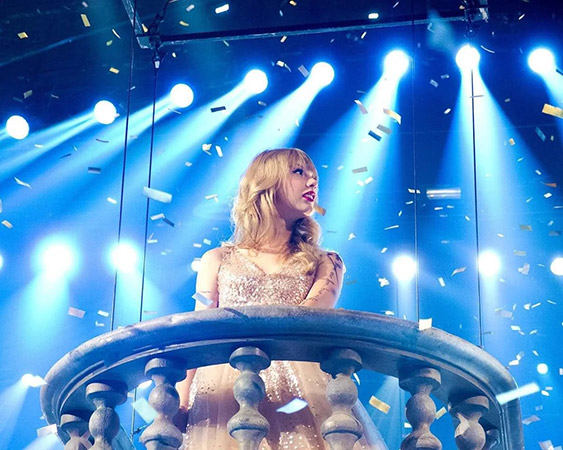
Making Your Concert Photography Break Out
Starting in concert photography can be tough but rewarding:
- Build a portfolio by shooting local gigs or small music events.
- Network with bands, promoters, and venues for shooting opportunities.
- Develop a unique style to stand out — whether it’s candid moments, artistic lighting, or dynamic crowd shots.
- Share your work on social media and photography platforms to gain exposure.

Respecting the Venue, Audience, and Performers
Concert photography is as much about etiquette as technique:
- Always get permission before shooting; some venues or artists restrict photography.
- Avoid using flash as it distracts performers and audiences.
- Be mindful of obstructing other fans’ views — stay within designated photographer areas.
- Cooperate with security and follow event rules to maintain professionalism.
Recent events, like the viral kiss cam scandal involving a CEO at a Coldplay concert, are a reminder that every moment in the crowd can be captured — sometimes unintentionally — by cameras. As a photographer, it’s your responsibility to balance documenting the energy of the night while respecting the privacy and space of others around you.
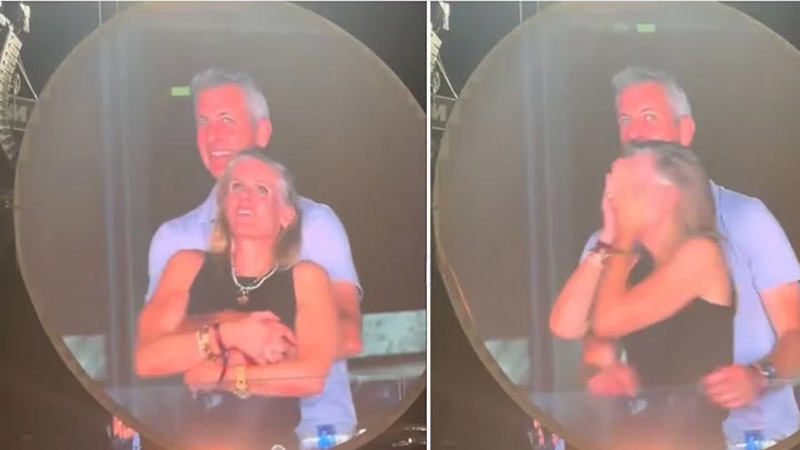
Part 4: Troubleshooting: Common Problems of Concert Photos and How to Solve
Concert photography involves overcoming challenges:
|
Problem |
Solution |
|---|---|
|
Noisy images in low light |
Use noise reduction software and lower ISO where possible |
|
Lens flare or harsh spots |
Adjust shooting angle, use lens hoods |
|
Motion blur |
Increase shutter speed or use burst mode |
|
Out of focus shots |
Use continuous autofocus and focus on performers’ faces |
Part 5: Post-editing Tips: How to Upscale Live Music Photos with the Best AI Tool
If you already take theEras Tour photos that are blurry or overexposed, try to seek the help from AI photo editing tools.
HitPaw FotorPea is an AI-powered photo enhancer that makes it effortless to fix blurry, grainy, or overexposed photos — like the kind you often get at concerts or live music events. Whether it's stage lights washing out the scene or motion blur from dancing, FotorPea restores your photos with a single click.

Perfect for Concert & Live Music Photo
HitPaw FotorPea uses powerful AI to fix common issues with concert photography:
- Sharpen Blurry Action Shots:
Capture the energy without the blur — ideal for dancing, fast movement, or low-light snaps.
- Fix Harsh Lighting & Overexposure:
Automatically balances blown-out stage lights or overexposed skin tones caused by strong spotlights.
- Reduce Noise in Low Light:
Clean up grainy night shots without losing detail, especially helpful in dim venues or arenas.
- Enhance Facial Details in Crowd or Zoom Shots:
AI detects and enhances faces even in wide or zoomed-in crowd pictures.
- Upscale for Printing or Posting:
Make your favorite concert moments high-res — ready to print or share on social media.
Final Thoughts on Concert Photography Tips
Concert and live music photography combines technical skill, creativity, and respect for the performance environment. By mastering camera settings, anticipating moments, and maintaining professionalism, you can capture powerful images that bring the energy of live music to life. Practice often, learn from each event, and enjoy the thrill of shooting music’s most exciting moments.

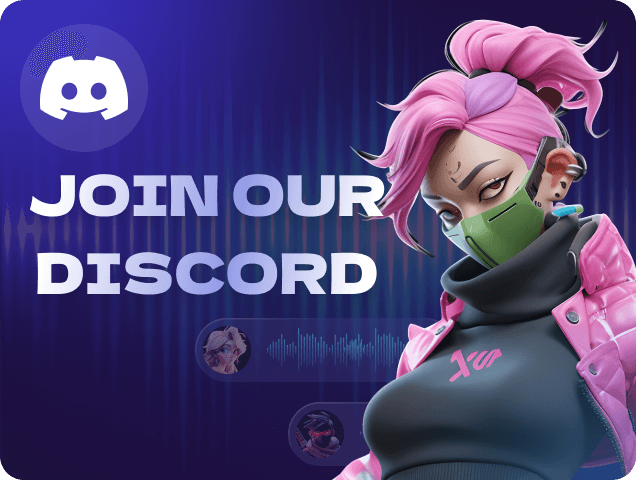
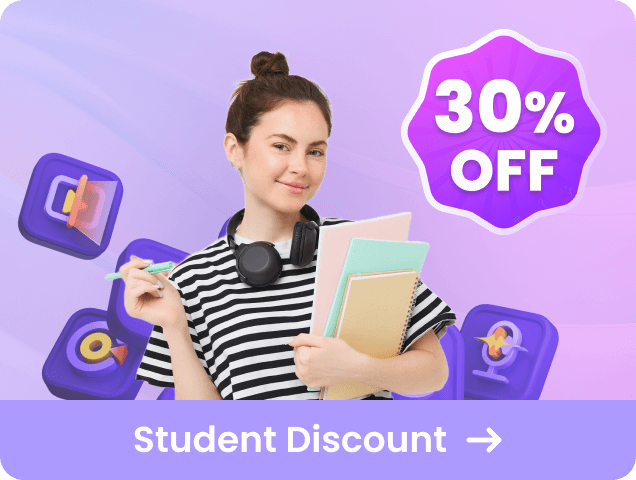







 HitPaw Edimakor
HitPaw Edimakor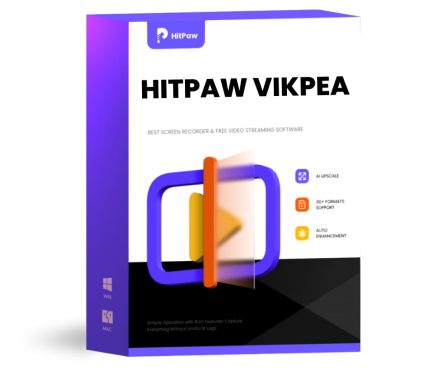 HitPaw VikPea (Video Enhancer)
HitPaw VikPea (Video Enhancer)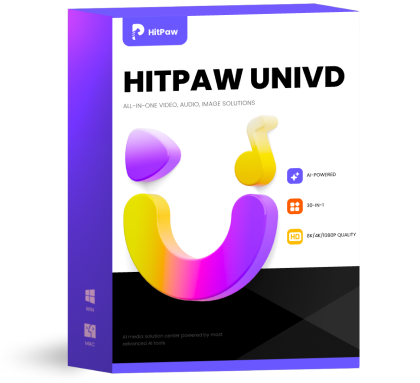 HitPaw Univd (Video Converter)
HitPaw Univd (Video Converter) 



Share this article:
Select the product rating:
Daniel Walker
Editor-in-Chief
This post was written by Editor Daniel Walker whose passion lies in bridging the gap between cutting-edge technology and everyday creativity. The content he created inspires the audience to embrace digital tools confidently.
View all ArticlesLeave a Comment
Create your review for HitPaw articles